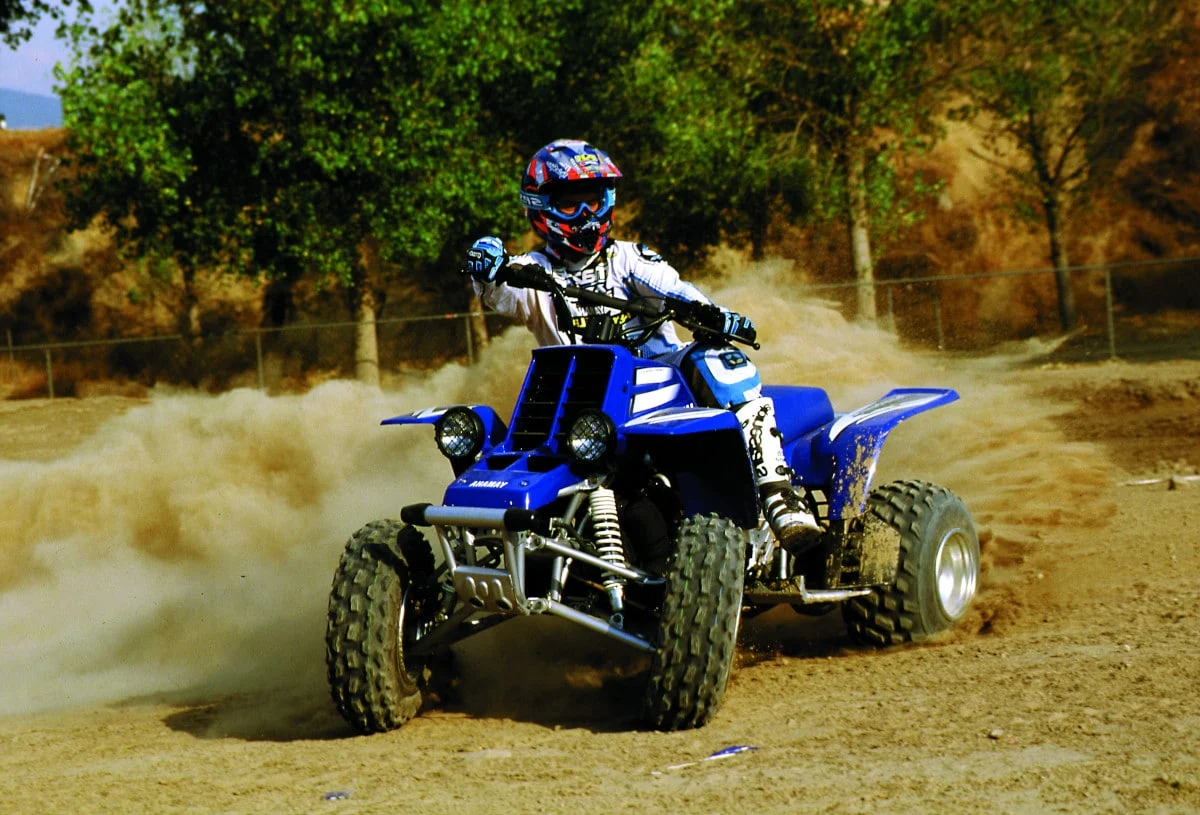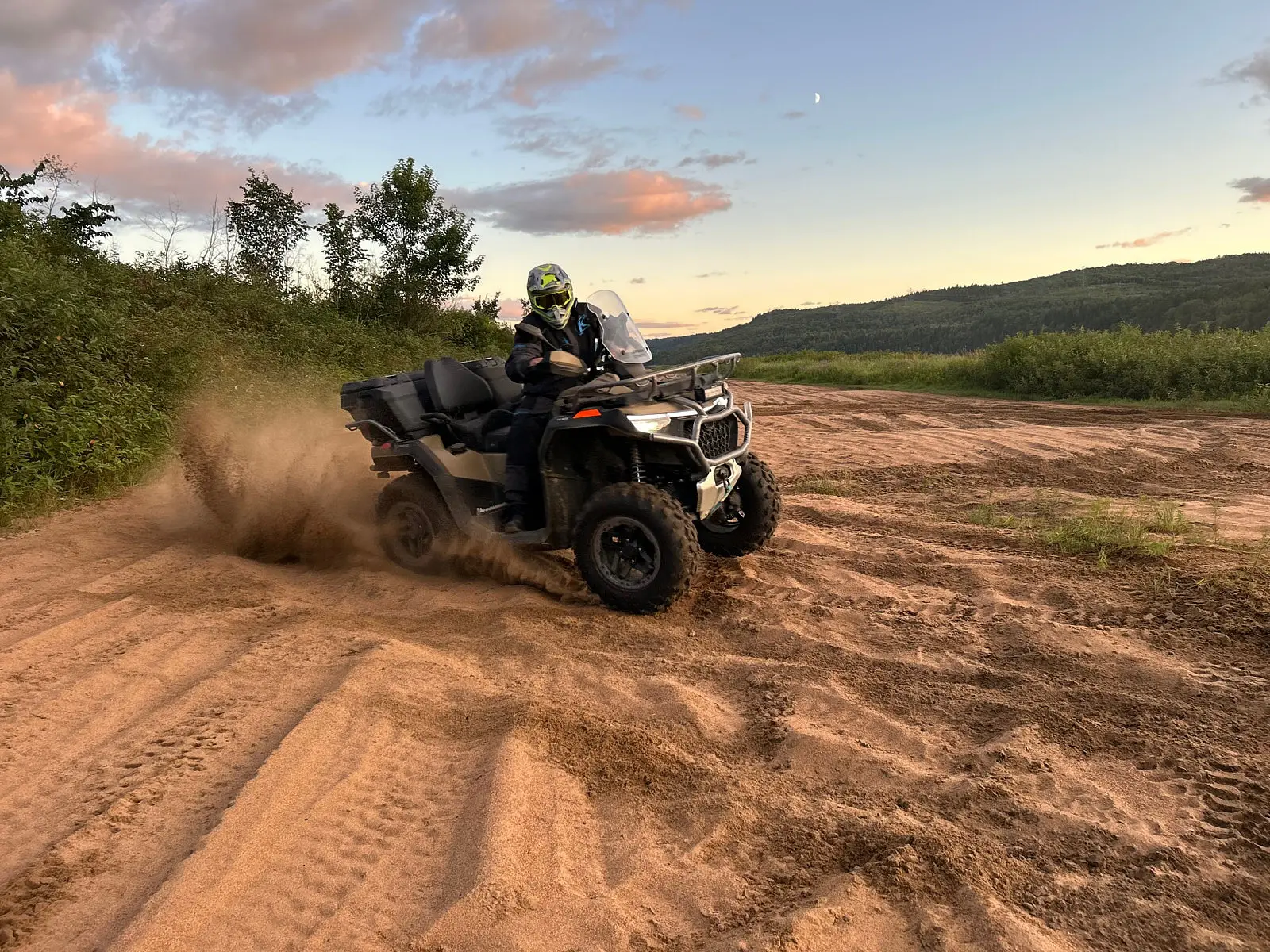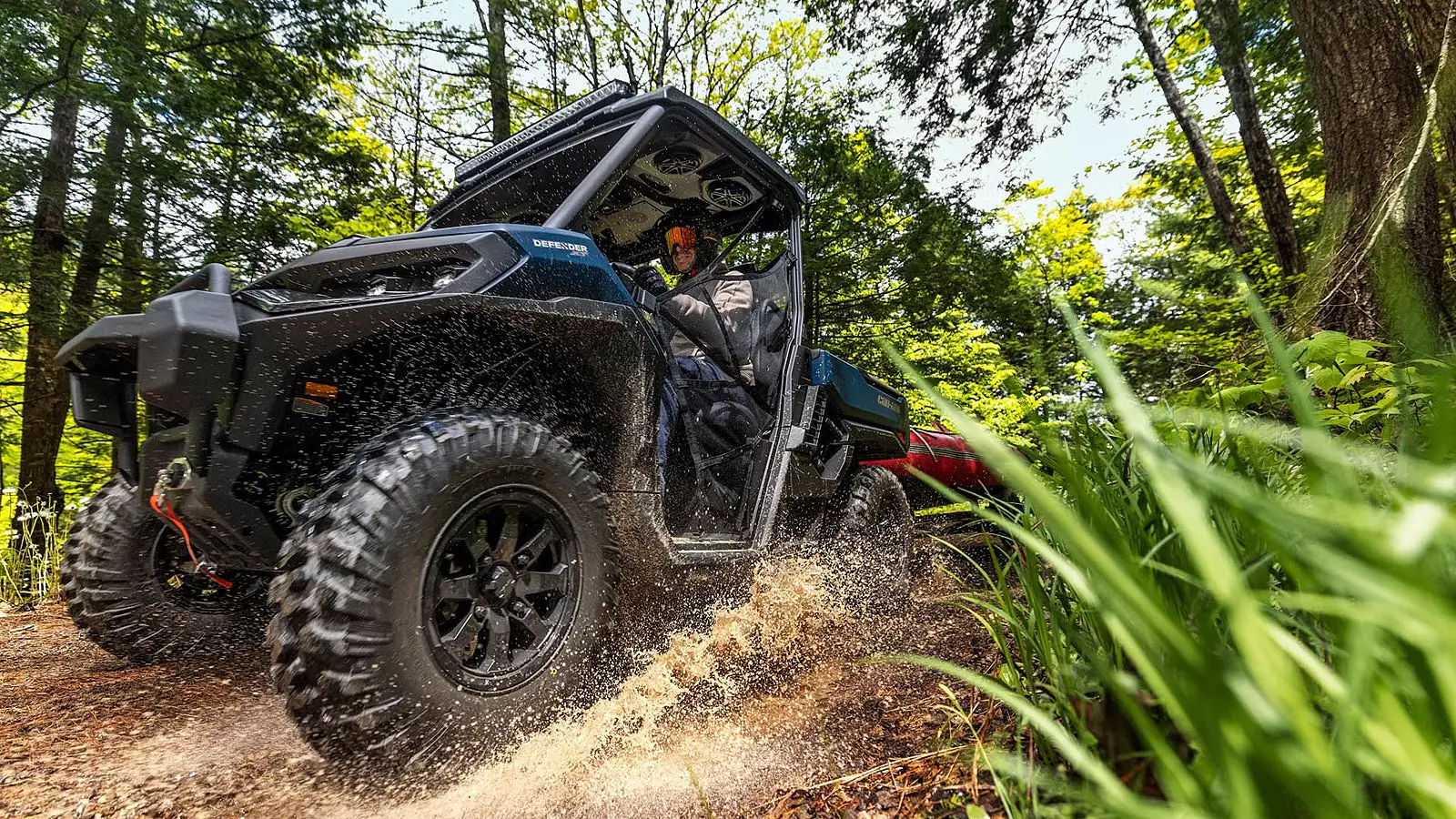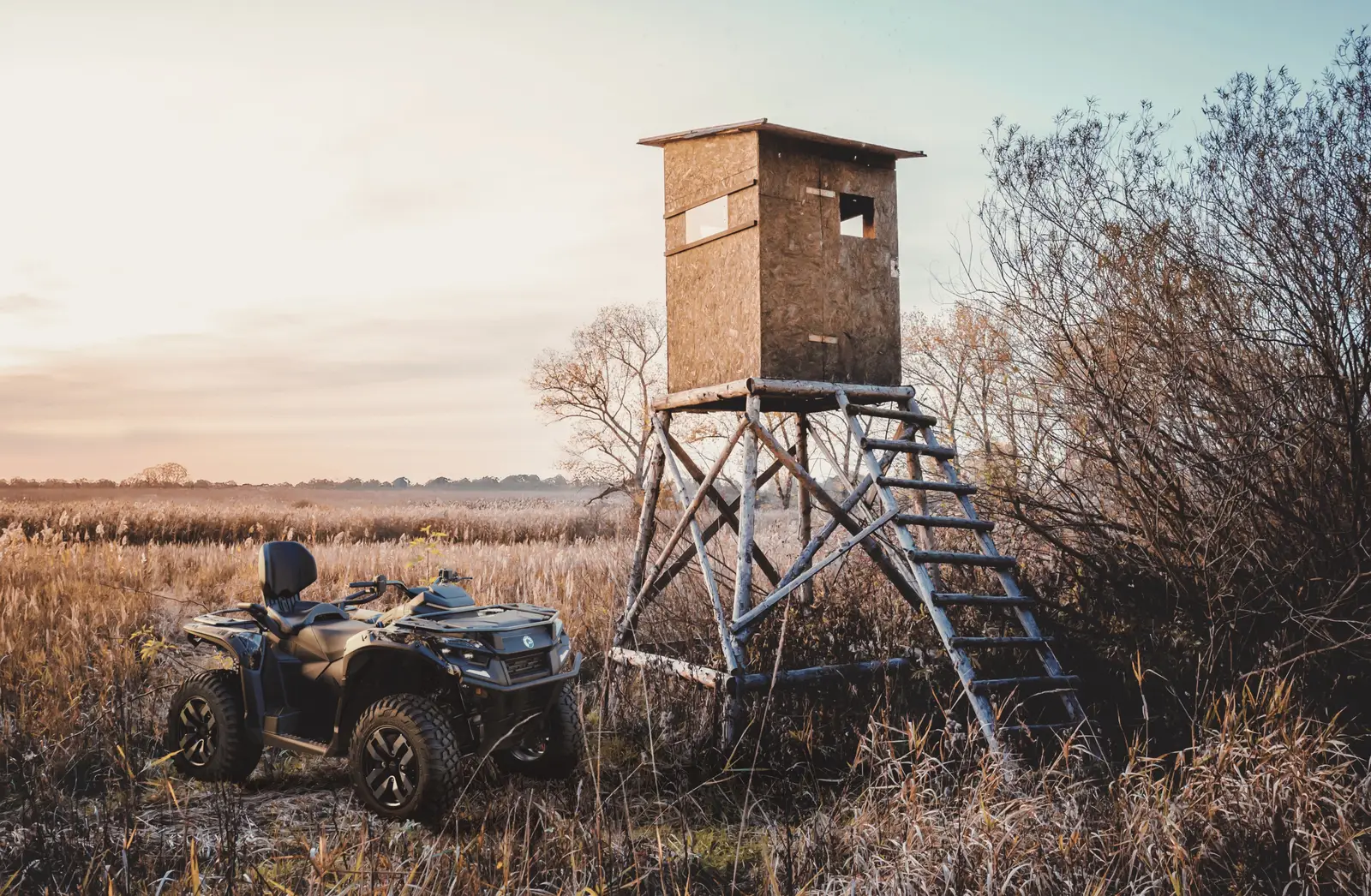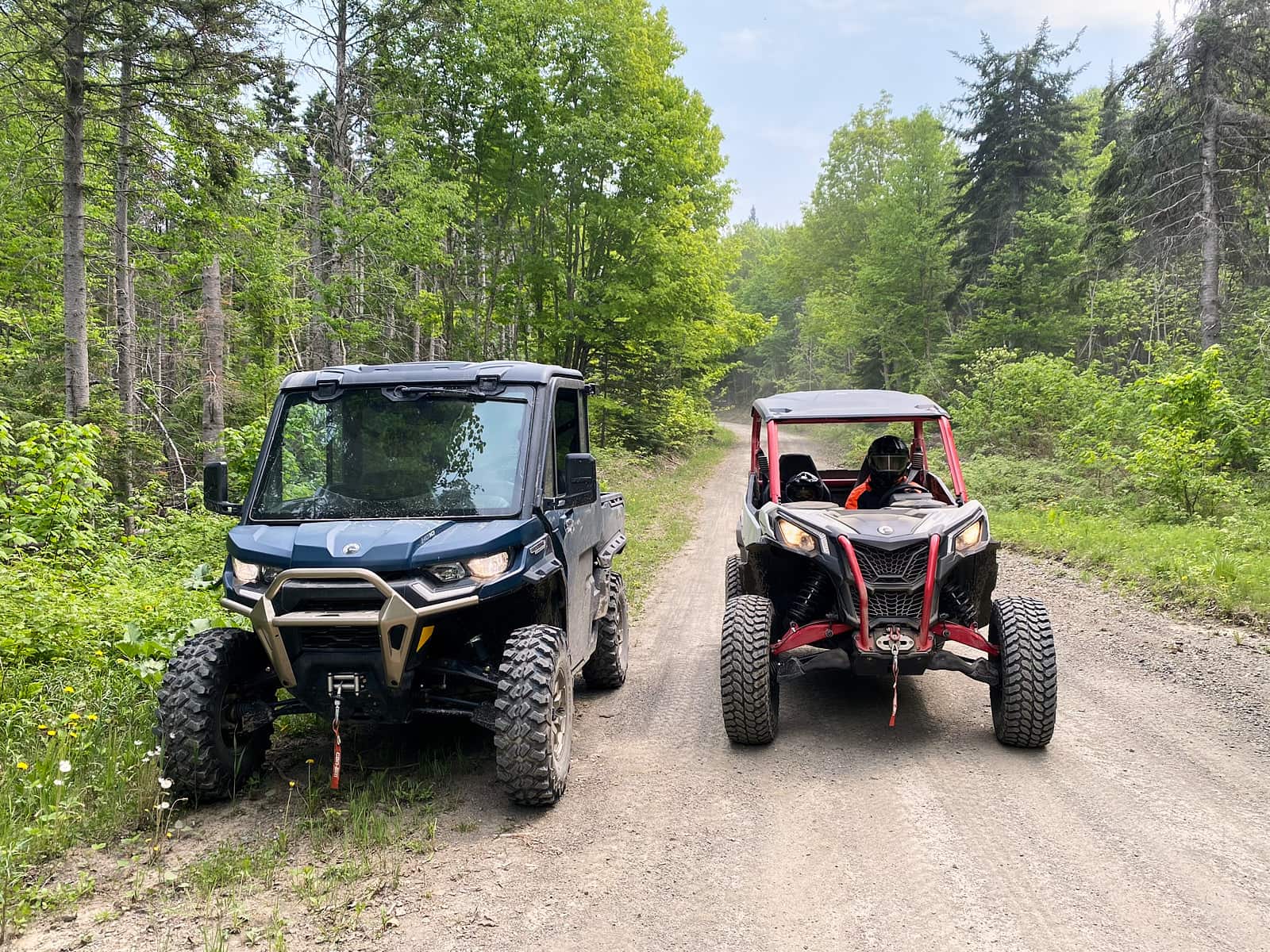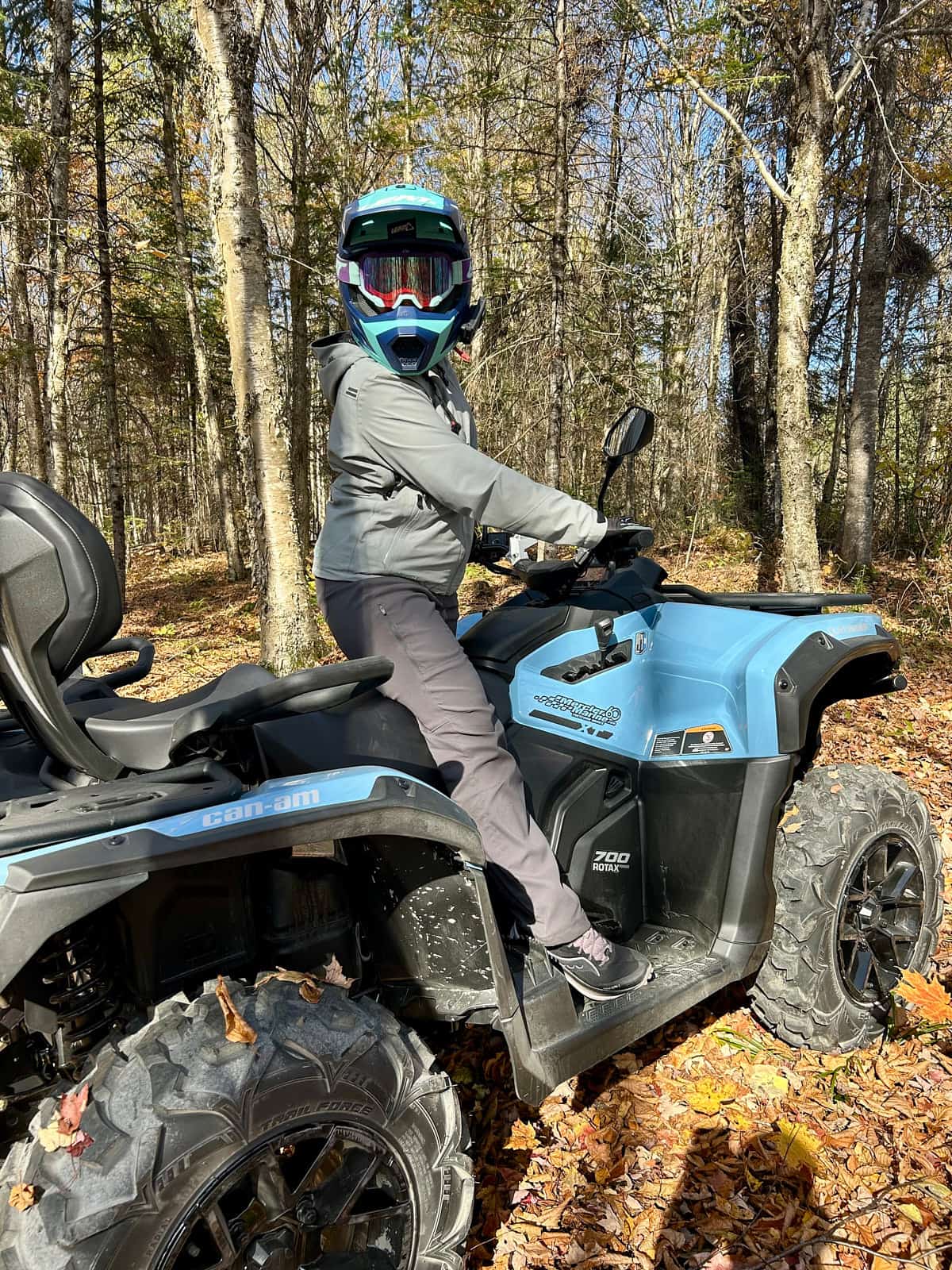Table of contents
ToggleIn my youth, if there was one quad that truly caught my attention, it was the Yamaha Banshee. Its distinct lines and bodywork, specially designed for its radiator, set it apart in a league of its own.
To my teenage eyes, the Yamaha Banshee was a monstrous powerhouse that gave me chills. At the time, it outperformed the Honda TRX 250R and Suzuki QuadRacer LT250R. To me, the Banshee was the quad to own if you wanted to be king among your group of friends. Unfortunately, circumstances meant I never got to own one, much to my regret.
In doing some research, I discovered that a “banshee” is defined as a female spirit in Gaelic folklore whose wailing or crying warns that a family member is about to die. The term comes from the Irish language, meaning “woman of the fairy mound”. Banshees are often portrayed as harbingers of death, emitting a long, sorrowful cry to alert a family of their impending loss.
Even though this definition is interesting, to me the name means much more as a quad. The Yamaha Banshee 350 is undoubtedly one of the most iconic ATVs ever made. It’s known for its power, its unique two-stroke engine, and its exceptional handling.
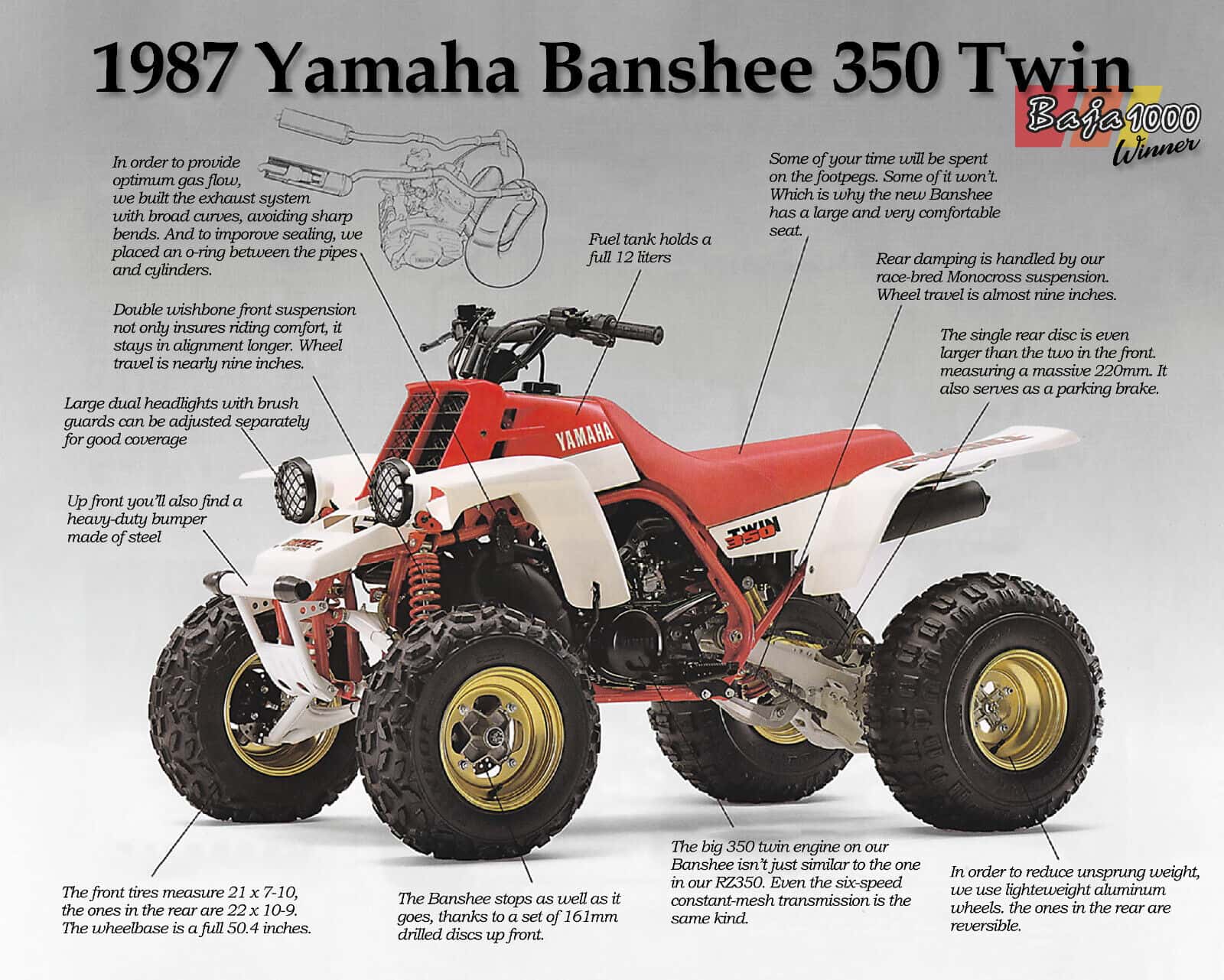
Yamaha Banshee 350 Engine: Two-Stroke Power
The heart of the Banshee 350 is its two-stroke twin-cylinder engine, a true outlier in the ATV world. This 347 cc liquid-cooled engine is based on the Yamaha RD350 sport motorcycle from the 1980s. With a 40-horsepower output, it delivers impressive performance. This quad can reach a top speed of 120 km/h, making it one of the fastest in its class.
It features Yamaha’s Power Valve System (YPVS) exhaust valves, which optimize gas flow and improve high-RPM performance. Unlike the four-stroke engines found in most modern ATVs, the Banshee’s engine is known for its explosive rev range, delivering brutal acceleration and an impressive top speed.
Another asset of the Banshee’s engine is its liquid cooling system, which ensures efficient heat management and allows for sustained high performance even during extended use. However, this engine requires careful maintenance and proper lubrication. It runs on a gas-oil mixture, a typical feature of two-stroke engines.
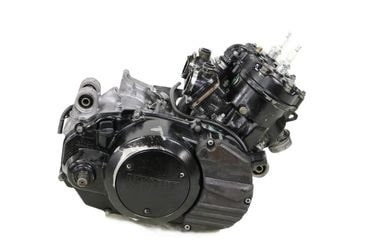
Chassis and Suspension: Banshee’s Handling and Agility on the Trail
The Banshee’s chassis is designed to offer excellent handling and balanced weight distribution. Its lightweight frame and sturdy suspension make it an extremely agile quad, capable of handling rough terrain and tight turns with ease.
The front suspension features dual A-arms with adjustable shocks, providing solid shock absorption and allowing for tuning to the rider’s preferences. At the rear, the Banshee is equipped with a swing arm and a single shock absorber. This contributes to its stability and its ability to take jumps and bumps without losing control.
The Banshee’s wide, aggressively profiled tires improve grip on various terrain types, whether it’s sand, mud, or dirt tracks. Its relatively short wheelbase enhances responsiveness and makes it highly effective in racing or sportive riding conditions.
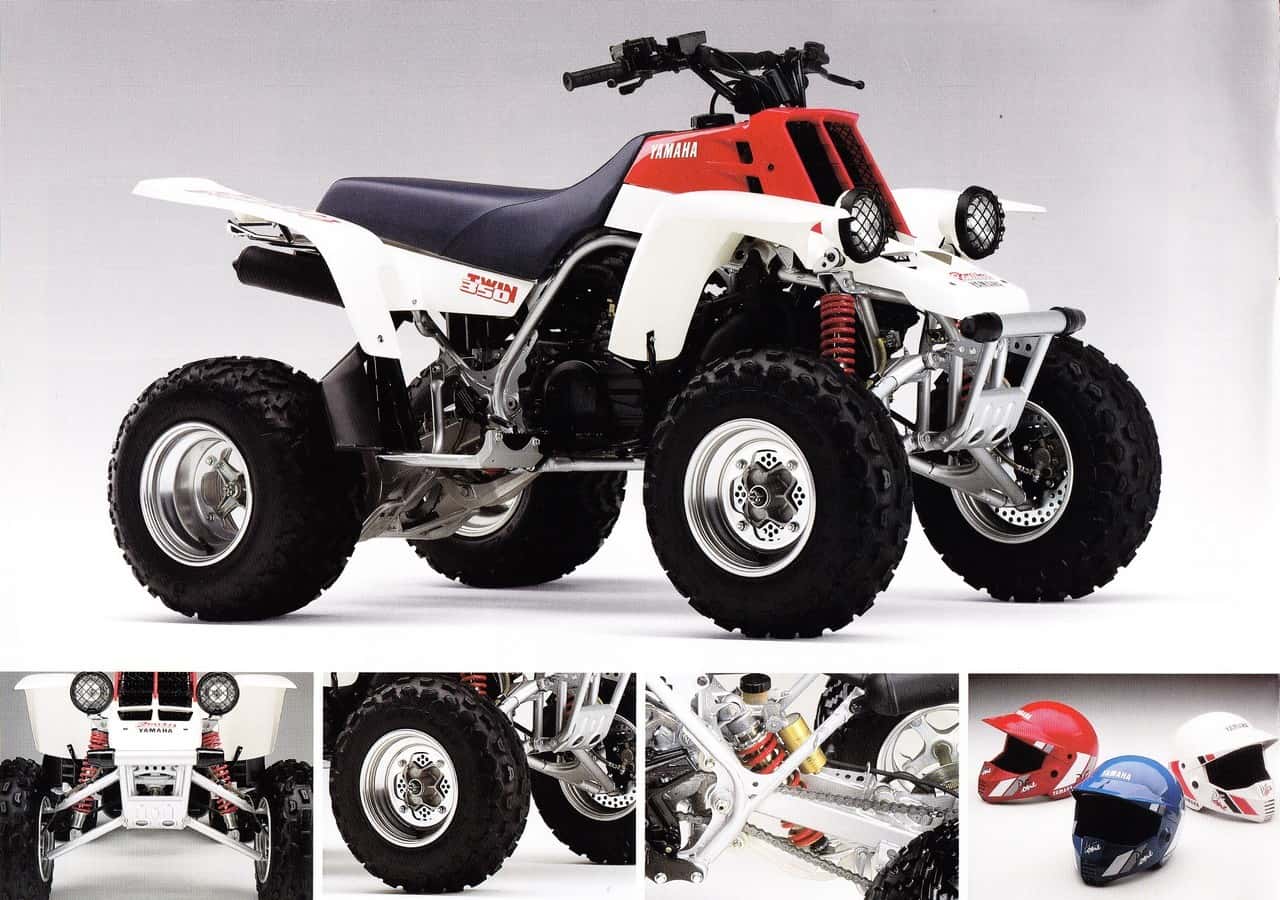
Yamaha Banshee: Production Years and Evolution
Yamaha launched the Banshee 350 in 1987 and continued production for nearly two decades, until 2006 in the United States. However, production continued in Canada until 2008 and in Australia until 2012. Its long production run is a testament to its popularity and legendary status among sports ATV enthusiasts.
Over the years, the Banshee received a few updates, but its design and mechanics remained largely unchanged, which speaks to how well the original formula was conceived. The colours and graphics evolved through the years, with special editions and variants that kept fans engaged.
Even after production ceased, the Banshee remained a favourite among performance lovers, with many models still in circulation today, often upgraded with aftermarket parts to further enhance its capabilities.
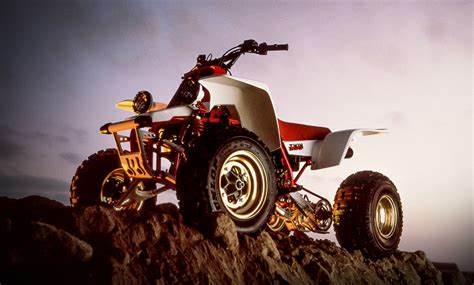
Why Was the Yamaha Banshee Discontinued?
Several factors led Yamaha to end production of the Banshee. The main reason was changing environmental regulations. Two-stroke engines produce more emissions than modern four-stroke engines, making them increasingly difficult to certify under new pollution standards. The ATV industry gradually shifted toward four-stroke engines, which are more efficient and eco-friendly.
Another factor was the shift in consumer preferences. Modern quads are often more versatile, offering balanced performance, greater reliability, and lower maintenance. While the Banshee’s two-stroke engine was fun and powerful, it required regular upkeep, which could deter some buyers looking for more practical machines.
Finally, Yamaha wanted to focus on models that met new market demands, including quads better suited to endurance racing and multipurpose use. This led to the end of the Banshee and the introduction of models like the YFZ450.

Yamaha Banshee: A Legacy That Lives On
The Yamaha Banshee 350 remains a legend in the world of ATVs. Its unique engine, agile chassis, and racing heritage make it a sought-after machine even long after production ended. It represents an era when raw power and nimble handling were the main priorities for manufacturers. Today, many owners continue to restore, modify, and ride their Banshees, keeping the legacy of this mythical quad alive.

